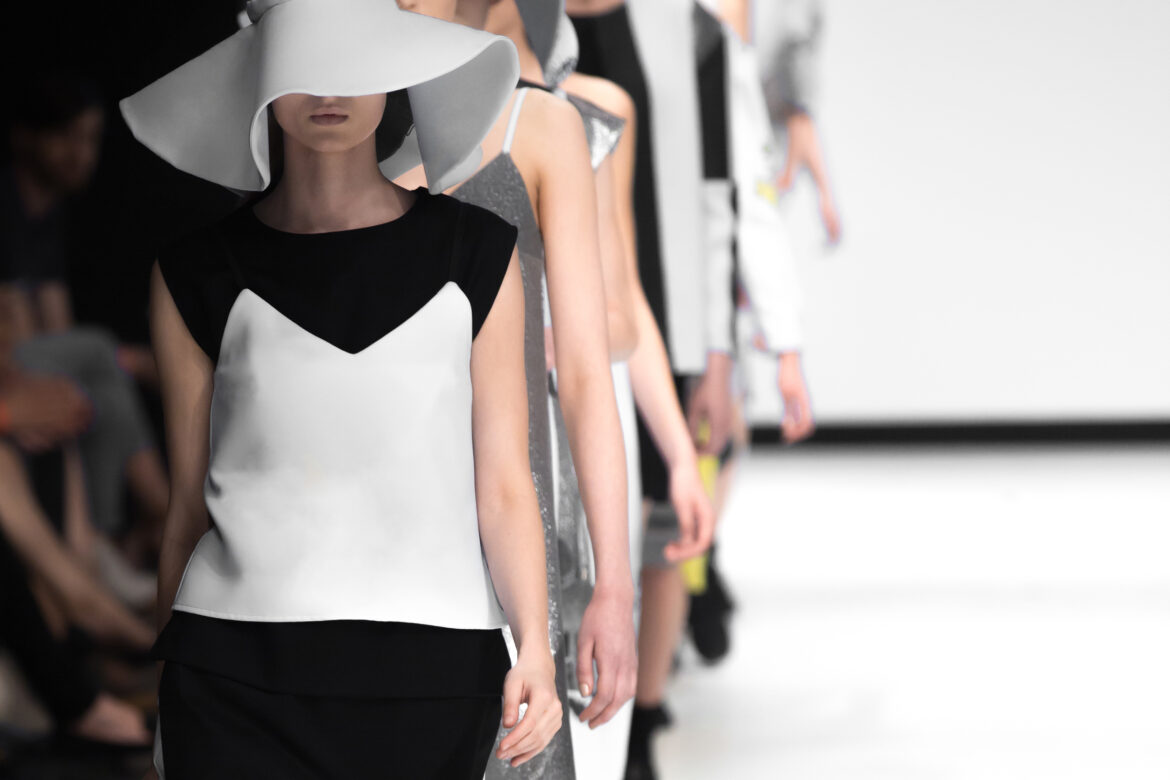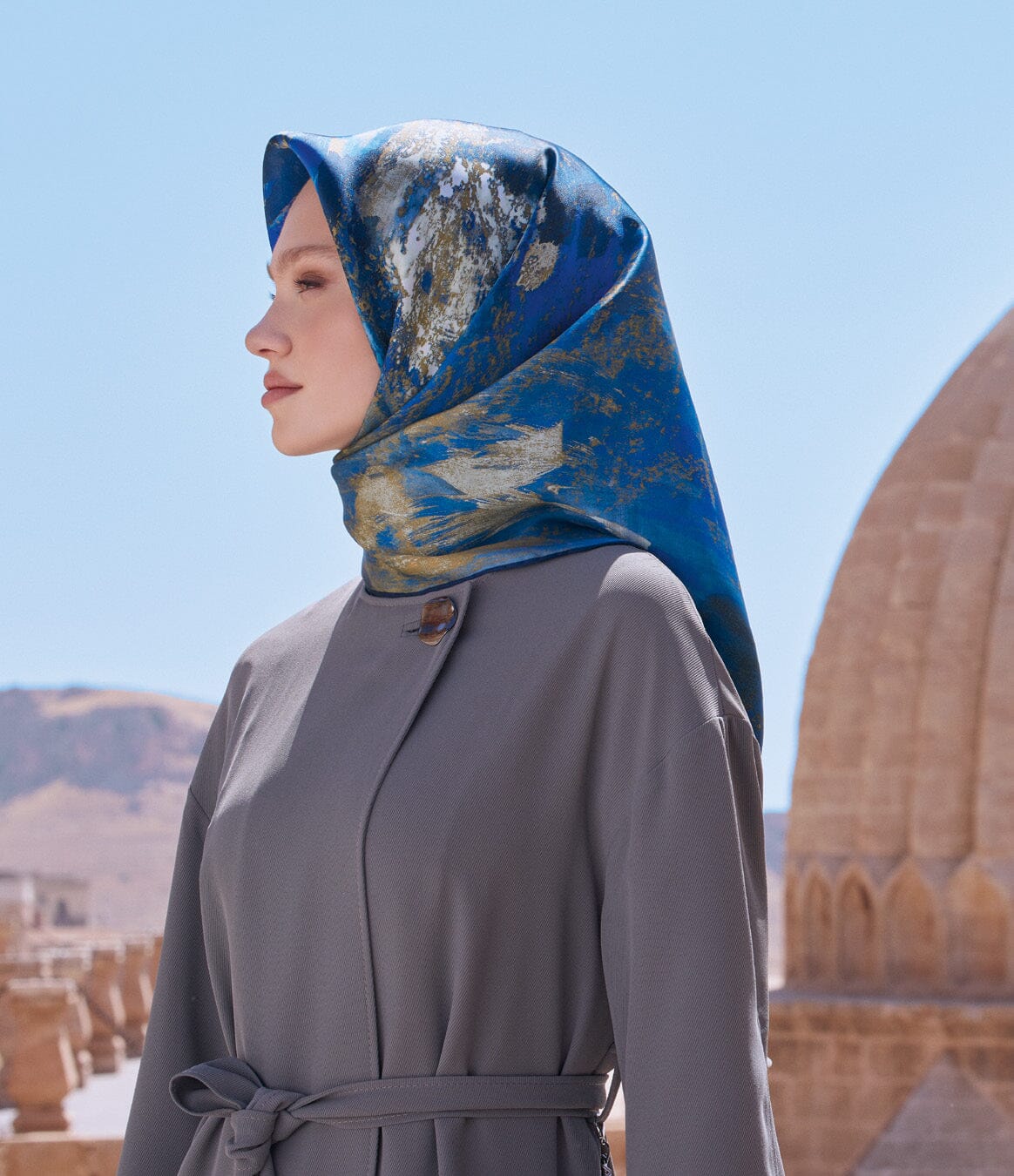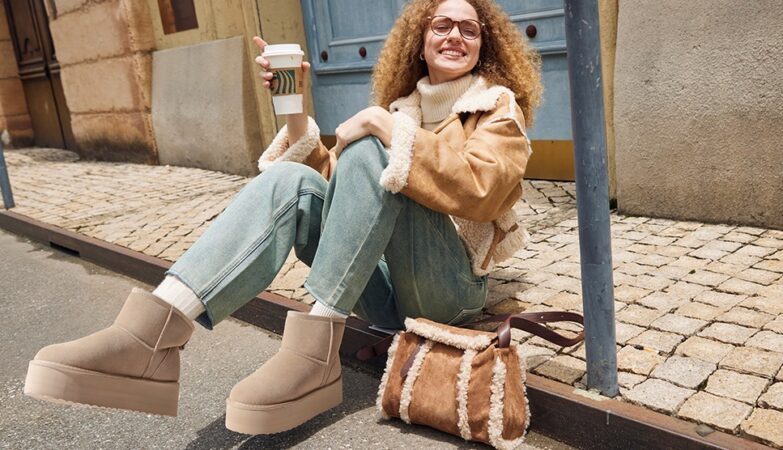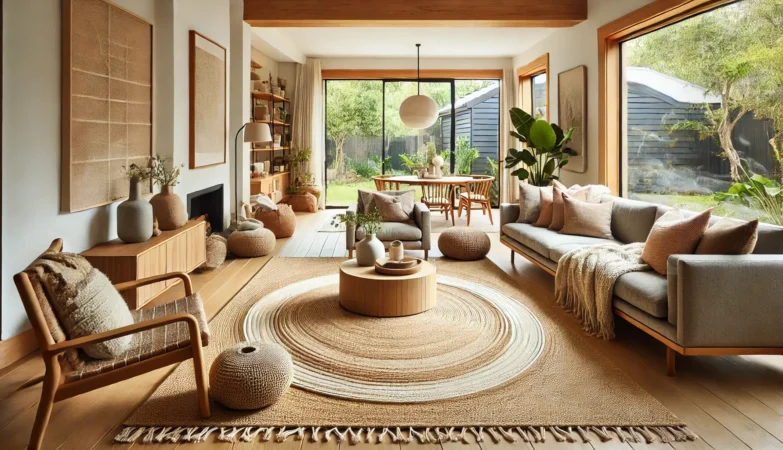Fashion has always been a reflection of society—a mirror that captures who we are, what we value, and how we evolve. Over the years, it has transitioned from being a mere expression of beauty to a dynamic dialogue between creativity, culture, and consciousness. The modern fashion landscape thrives on inclusivity, individuality, and sustainability, blending aesthetics with purpose in ways we’ve never seen before.
Fashion as a Personal Language
What we wear says more about us than words ever could. From the cut of a jacket to the hue of a dress, every choice tells a story. Today’s consumers no longer dress to fit in—they dress to stand out. Whether it’s streetwear inspired by urban grit or haute couture designed for artful expression, fashion has become a tool of self-definition.
This individuality has also fueled the rise of global creativity. Designers draw inspiration from cultures around the world, merging traditions with contemporary flair. Fashion now exists as a living art form, evolving through collaboration and cultural exchange. Publications such as Urban Splatter often explore how design and creativity intersect, shedding light on the emotional and artistic forces that shape global style.
The Digital Revolution in Fashion
Technology has completely redefined how we experience fashion. What used to be limited to runways and boutiques is now just a click away. With social media and e-commerce platforms, the boundaries between designers, consumers, and critics have blurred.
Digital innovation has allowed the fashion industry to move faster than ever. Virtual try-ons, 3D modeling, and AI-driven styling tools are transforming how clothes are designed and marketed. Fashion weeks now exist in both physical and digital forms, giving audiences around the world a front-row seat to creativity.
Even the concept of luxury has shifted. It’s no longer just about exclusivity—it’s about connection, storytelling, and sustainability. The digital world has democratized fashion, allowing small brands and independent designers to share their work with global audiences without relying on traditional gatekeepers.
Sustainability: The New Standard of Style
Gone are the days when fashion was driven purely by aesthetics. Today, it’s equally about ethics. Sustainability has become the defining principle of modern fashion, as consumers grow more aware of the environmental and social impact of their choices.
Eco-friendly fabrics, ethical labor practices, and transparent supply chains are becoming the new normal. Fashion houses are embracing circular design models—creating clothes that can be reused, recycled, or repurposed—to minimize waste and pollution.
But sustainability isn’t only about materials. It’s about mindset. The “buy less, choose well” philosophy encourages consumers to invest in quality pieces that last, rather than disposable fast fashion.
Discussions around eco-conscious wardrobes and responsible fashion practices (like those found on have helped redefine what it means to be stylish in the modern world—proving that beauty and responsibility can coexist.
Streetwear: Comfort Meets Culture
Streetwear has reshaped the fashion industry by breaking traditional hierarchies. What began as a symbol of youth rebellion has evolved into one of the most influential movements in contemporary design. The combination of comfort, creativity, and cultural authenticity has made streetwear an unstoppable global force.
Luxury brands now collaborate with streetwear designers, merging craftsmanship with casual aesthetics. The result is a fashion language that speaks to everyone—regardless of gender, class, or background. Streetwear celebrates freedom, allowing people to express who they are without conforming to outdated rules.
This movement reflects a broader truth: fashion is no longer dictated from the top down. It flows organically from the streets, social media, and community-driven innovation.
Genderless and Inclusive Fashion
In recent years, fashion has finally begun to embrace inclusivity—not just as a marketing tool, but as a fundamental value. Genderless fashion challenges the old idea that clothing should fit a specific identity. Instead, it encourages creativity and individuality beyond binary labels.
Similarly, body positivity has reshaped how the industry portrays beauty. Campaigns featuring diverse models—of all sizes, ages, and ethnicities—have dismantled traditional beauty standards. Designers are now creating collections that celebrate real bodies and real people.
This evolution reflects society’s growing awareness that fashion should empower, not exclude. It’s not just about looking good—it’s about feeling confident and seen.
The Role of Culture and Heritage
Culture remains at the heart of fashion’s evolution. From Japanese minimalism to African prints and South Asian embroidery, designers are revisiting traditional techniques and reimagining them for the modern world. This resurgence of cultural pride has given rise to a new kind of fashion—one that values craftsmanship, storytelling, and heritage.
Modern consumers appreciate garments that carry meaning. A handwoven scarf or an embroidered jacket isn’t just an accessory; it’s a piece of history. Through fashion, cultural preservation and innovation can exist side by side.
Moreover, collaborations between international designers and local artisans have created new avenues for creativity. These partnerships don’t just produce beautiful clothing—they also sustain traditional crafts that might otherwise fade away.
Fashion and Technology: A Creative Partnership
Technology’s influence on fashion goes far beyond online shopping. Artificial intelligence now predicts style trends months in advance. 3D printing allows designers to experiment with impossible shapes and sustainable materials. Even blockchain is being used to verify the authenticity of luxury goods, combating counterfeiting and promoting transparency.
Digital fashion—clothing designed purely for virtual environments—is another growing phenomenon. In an era where people curate their digital identities as carefully as their physical ones, fashion has expanded into the metaverse.
This fusion of innovation and artistry shows that the industry is not only adapting—it’s evolving into something entirely new.
The Psychology of Fashion
Beyond aesthetics, fashion profoundly impacts how we feel and how others perceive us. Studies show that what we wear can influence confidence, creativity, and mood. That’s why people often dress differently for work, social events, or even creative projects.
The colors, textures, and silhouettes we choose shape our emotions and help us project our desired image. For example, wearing tailored clothing can enhance focus and assertiveness, while softer fabrics may evoke calmness and comfort.
Fashion psychology reminds us that clothing is more than decoration—it’s a tool for empowerment and expression.
The Future of Fashion
The future of fashion lies in its balance—between innovation and sustainability, individuality and inclusivity, creativity and consciousness. As new generations embrace digital living, designers will continue exploring ways to make fashion more immersive, ethical, and personal.
Consumers will also play a major role in shaping what comes next. The choices people make—what they buy, how they style it, and why—will influence how the industry evolves. Fashion’s next chapter will be written by collaboration, not competition.
Ultimately, fashion will continue to be what it has always been: a reflection of humanity’s endless creativity and diversity. Whether through fabric or pixels, it will keep telling stories that connect people, cultures, and ideas—proving that style, at its core, is about expression and identity.









